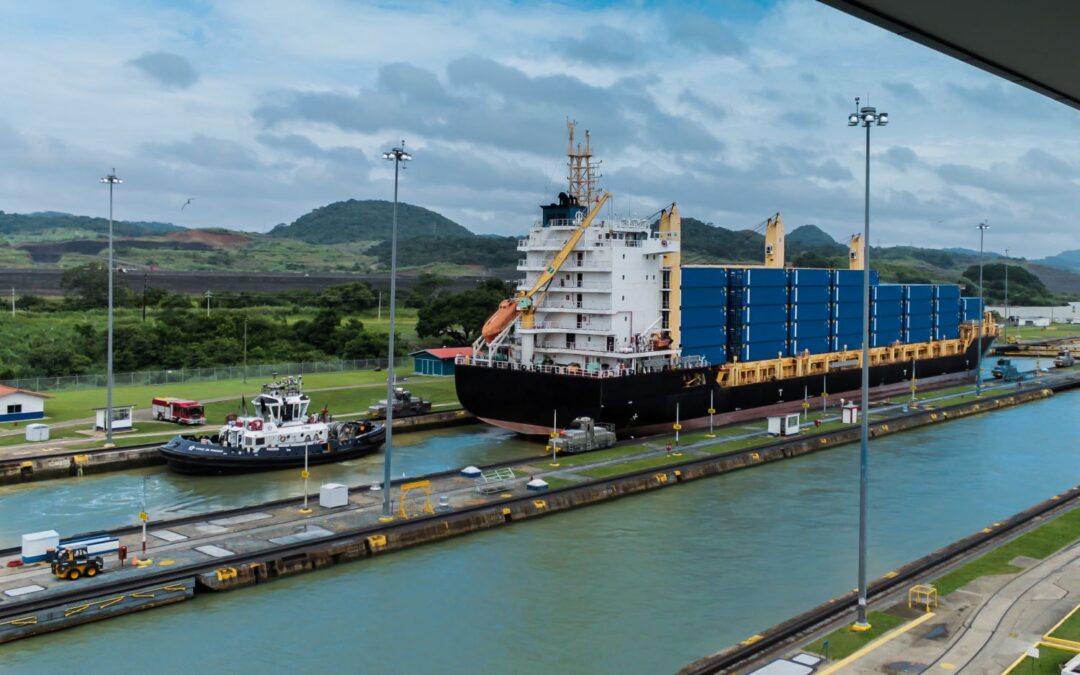Given the recent occurrence of the largest boxship using the waterway, which had to unload a portion of its cargo to navigate the canal, and considering the restrictions on vessel numbers, there is a potential for the Panama Canal to experience a decline of around $200 million in earnings for the year 2024.
The current situation facing the Panama Canal is a result of significant water scarcity, which can be attributed to the impacts of climate change and the El Niño phenomenon. Despite being in the midst of the rainy season, the Canal watershed is experiencing a notable dearth of rainfall. This scarcity poses a direct threat to the water levels of the canal’s lakes. In response to these challenges, the Panama Canal Authority (ACP) is under pressure to swiftly identify effective solutions in order to maintain its role as a dependable passage for international liners. This urgency was emphasized by Panama Canal Administrator Ricaurte Vasquez in a recent statement.
The ACP Board of Directors is still discussing which projects may be viable to present to the Executive and how to address the water issue. One of them, is the possibility of building a water reservoir in Rio Trinidad, to supply the Canal and thus lower the pressure on the already depleted Madden Lake for its expansion, he added.
Last month, the ACP extended restrictions on the maximum depth for ships and limited average transit to just 32 vessels per day due to the abnormally dry weather
Highlighting the ongoing challenges faced by the waterway, a recent incident has shed light on the crisis at hand. A noteworthy vessel encountered a situation where cargo had to be transported overland. This container vessel, which flew the flag of Singapore, held the distinction of being the largest to navigate the waterway. What makes this situation interesting is that this vessel became the first of its kind to require cargo unloading to comply with the current drought restrictions imposed by the Canal.
In accordance with the waterway’s limitations, the vessel had to offload a significant portion of its cargo at the Balboa port. This adjustment was necessary due to the enforced draught restrictions of 43 feet, even though the vessel was carrying a substantial load. The containers that were offloaded were subsequently loaded onto a railway headed for Colon, allowing the vessel to undergo a lighter transit. After arriving on the Atlantic side, the containers were reloaded onto the vessel, enabling it to continue its journey to Savannah, Georgia. This endeavor incurred a notable toll payment.
The incident involving this vessel serves as a stark example of how climate change can substantially impact the operations of the waterway. This situation also underscores the potential for considering alternative routes in the face of such challenges.
Original Source: https://www.seatrade-maritime.com/panama/boxships-move-cargo-overland-panama-canal-faces-water-shortage-crisis

